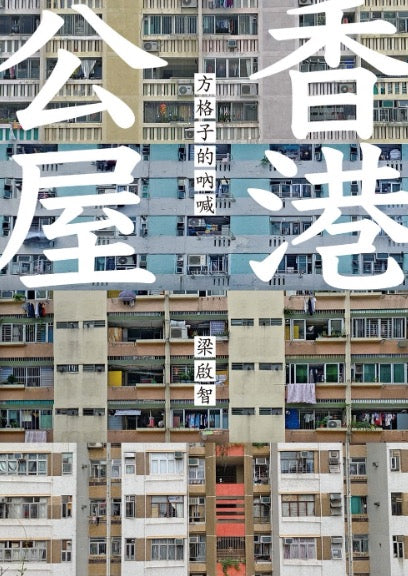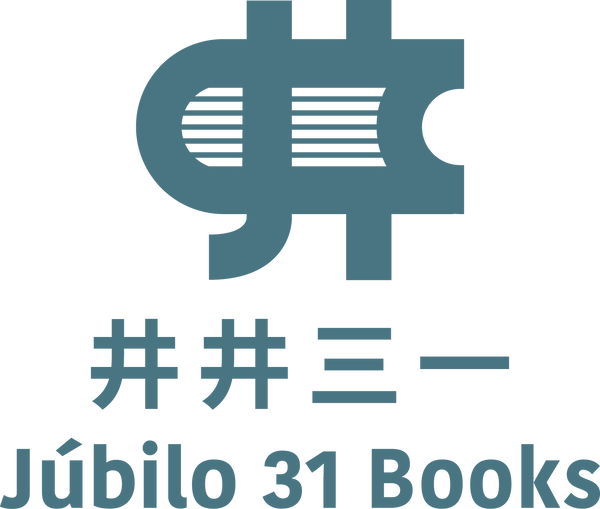1
/
of
1
Hong Kong public housing: the cry of the grid
Hong Kong public housing: the cry of the grid
Regular price
MOP$127.00
Regular price
Sale price
MOP$127.00
Unit price
/
per
Couldn't load pickup availability
Which public housing house do you live in?
#The author of "Hong Kong First Lesson" wrote a love letter to his hometown with his feet
#Walking through 254 housing estates, I saw the real Hong Kong on the other side
"This book is titled public housing, but as I kept writing, I gradually realized that what I wanted to talk about was not just public housing: impressions are shaped, lives are regulated, needs are tamed, and voices are spoken for... Of course, these things are not just about public housing. It happens in housing estates. In housing estates, the government's position in life is relatively obvious, and the restrictions and challenges are therefore relatively straightforward; but the same difficulties are not limited to housing estates, or even to Hong Kong... After visiting all the big hut villages in Hong Kong, The biggest impression I got was probably the restlessness of the young man in Huang Weiwen's novel: it is difficult to speak, but you still have to find a way to speak.
After all, whether we are in a housing estate or not, in Hong Kong or not, how to allow ourselves to continue speaking and how to enable more people to continue speaking should be our homework as human beings. ”——Liang Qizhi
Land is Hong Kong's scarcest resource, and the resulting housing problem has always been a heavy pressure on people with low incomes and the government. Just looking at any photo of Hong Kong’s public housing estates, it’s hard not to feel the impact: so many families, so many lives, so many people, framed in one small square grid after another; a huge number of square boxes. Grids are stacked on narrow land to form towering buildings, and multiple buildings are organized into housing estates... As of August 2023, there were 259 public housing estates in Hong Kong, accounting for nearly one-third of Hong Kong's People's living space; and there are more than 230,000 applications waiting for public housing, and it takes an average of five to three years for the opportunity to "go upstairs" - to live in public housing.
Many people believe that the origin of public housing is due to the Shek Kip Mei Fire in 1953. In fact, before that, the British Hong Kong government had a public housing policy. The considerations behind it were to maintain social stability in the colony and create disguised labor quarters for capitalists. subsidy. Public housing estates made up of square grids are spaces built and defined by the government. They represent a kind of governance technology. This is true in British Hong Kong and the Hong Kong government after the handover. The government is omnipresent in the housing estates. When a person moves into public housing, he is no longer just a resident, but becomes an object that can be governed. However, people are beings with free will after all. No matter how tight the space for speech is, they still want to tell their stories; seemingly identical square grids will grow with the efforts of the people living in them and the infiltration of time. It takes on a different look; thousands of households with lights on at night are not just places where they watch dramas or sleep after work, but where memories and a sense of identity are stored.
The author, Leung Kai-chi, has a background in geography. He used public housing as a scale of observation and traveled throughout Hong Kong. From the public housing built in different periods and in different areas and the traces of people's lives, it depicts the evolution of Hong Kong's politics and society. It is the most life-like and immersive history of Hong Kong's modern society, and it is also his love letter to his hometown.


